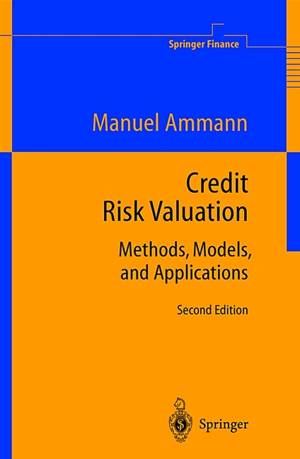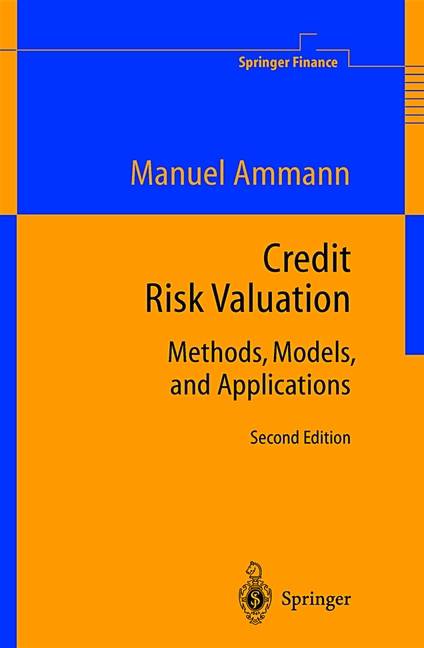
- Afhalen na 1 uur in een winkel met voorraad
- Gratis thuislevering in België vanaf € 30
- Ruim aanbod met 7 miljoen producten
- Afhalen na 1 uur in een winkel met voorraad
- Gratis thuislevering in België vanaf € 30
- Ruim aanbod met 7 miljoen producten
Zoeken
€ 181,95
+ 363 punten
Uitvoering
Omschrijving
Credit risk is an important consideration in most financial transactions. As for any other risk, the risk taker requires compensation for the undiversifiable part of the risk taken. In bond markets, for example, riskier issues have to promise a higher yield to attract investors. But how much higher a yield? Using methods from contingent claims analysis, credit risk valuation models attempt to put a price on credit risk. This monograph gives an overview of the current methods for the valu- ation of credit risk and considers several applications of credit risk models in the context of derivative pricing. In particular, credit risk models are in- corporated into the pricing of derivative contracts that are subject to credit risk. Credit risk can affect prices of derivatives in a variety of ways. First, financial derivatives can be subject to counterparty default risk. Second, a derivative can be written on a security which is subject to credit risk, such as a corporate bond. Third, the credit risk itself can be the underlying vari- able of a derivative instrument. In this case, the instrument is called a credit derivative. Fourth, credit derivatives may themselves be exposed to counter- party risk. This text addresses all of those valuation problems but focuses on counterparty risk. The book is divided into six chapters and an appendix. Chapter 1 gives a brief introduction into credit risk and motivates the use of credit risk models in contingent claims pricing.
Specificaties
Betrokkenen
- Auteur(s):
- Uitgeverij:
Inhoud
- Aantal bladzijden:
- 255
- Taal:
- Engels
- Reeks:
Eigenschappen
- Productcode (EAN):
- 9783642087332
- Verschijningsdatum:
- 15/12/2010
- Uitvoering:
- Paperback
- Formaat:
- Trade paperback (VS)
- Afmetingen:
- 156 mm x 234 mm
- Gewicht:
- 381 g

Alleen bij Standaard Boekhandel
+ 363 punten op je klantenkaart van Standaard Boekhandel
Beoordelingen
We publiceren alleen reviews die voldoen aan de voorwaarden voor reviews. Bekijk onze voorwaarden voor reviews.








